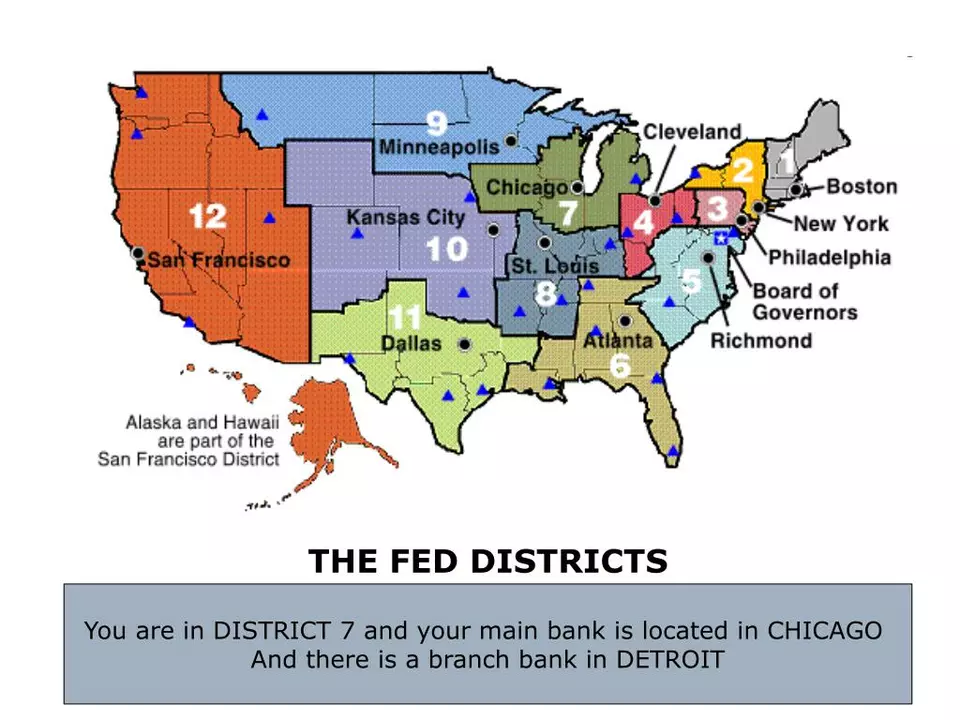A Tale of Two Cities: The Kansas City Confusion
As a blogger who loves exploring the fascinating aspects of geography and cities, I recently came across a puzzling question - why is Kansas City not in Kansas State? While it's true that there is a Kansas City in Kansas, the larger and more well-known Kansas City is actually located in Missouri. In this article, we'll delve into the history and reasoning behind this geographic enigma. Let's explore the different aspects of this curious case, which has left many people scratching their heads over the years.
History: How Kansas City Got Its Name
Before we can understand why Kansas City is not in Kansas State, we need to go back in time and learn about the origins of the city's name. Kansas City's history dates back to the early 1800s when the Lewis and Clark Expedition passed through the area. In 1838, a group of investors established the Town of Kansas, named after the Kansa Native American tribe that inhabited the region. The city was later renamed Kansas City in 1889 to avoid confusion with the newly formed Kansas Territory.
As the settlement grew, it expanded across the Missouri River and eventually incorporated areas in what is now Kansas State. However, the primary hub of Kansas City remained on the Missouri side of the river. This is why today we have a Kansas City in Missouri and a smaller Kansas City in Kansas, which often leads to confusion for those unfamiliar with the region.
Geography: The Role of the Missouri River
The Missouri River played a crucial role in the development and separation of Kansas City. As the city grew, the river served as a natural boundary that divided the metropolitan area. Kansas City, Missouri, developed on the east side of the river, while Kansas City, Kansas, emerged on the west side. This division continued to define the two cities as they expanded over time.
Although the river has been a source of division, it has also been a driving force behind the growth and prosperity of the Kansas City area. The Missouri River has long been an important transportation route, providing the city with trade and economic opportunities. Today, the river remains a vital part of the region's identity, serving as a geographic landmark that links the two cities together.
Politics: The Impact of State Boundaries
As Kansas City continued to grow, the state boundaries between Missouri and Kansas became an important factor in the development of the two cities. Kansas Territory was established in 1854, and statehood was granted in 1861. The Kansas-Missouri border became a significant political boundary, with each state exercising its own laws and regulations. This created a separation between Kansas City, Missouri, and Kansas City, Kansas, as each city was subject to different state governance.
Throughout history, the political differences between Missouri and Kansas have influenced the identities of both Kansas Cities. While the cities share a common name and history, they each have their own unique culture and character shaped by the state in which they reside. This distinctiveness is an important component of what makes the Kansas City area so intriguing.
Economy: Diverging Industries and Development
As the Kansas City area continued to grow and evolve, the economies of Kansas City, Missouri, and Kansas City, Kansas, began to diverge. Kansas City, Missouri, emerged as the region's economic powerhouse, with a focus on trade, transportation, and industry. The city became a major hub for the railroad and meatpacking industries, which attracted significant investment and development.
Meanwhile, Kansas City, Kansas, developed a more agricultural-based economy. The city grew at a slower pace than its Missouri counterpart, resulting in a smaller population and fewer economic opportunities. Today, the economic differences between the two Kansas Cities remain significant, with Kansas City, Missouri, outpacing Kansas City, Kansas, in terms of population, job opportunities, and overall economic development.
Culture: Two Cities, One Shared Identity
Despite the many differences between Kansas City, Missouri, and Kansas City, Kansas, the two cities share a common cultural identity. Both cities are proud of their Midwestern roots and boast rich histories that are deeply intertwined. The Kansas City area is known for its vibrant arts scene, world-class museums, and of course, delicious barbecue.
Although they may be separated by state lines and different economic realities, the people of both Kansas Cities share a strong sense of community and a love for their unique region. In the end, the story of Kansas City is one of two cities with one shared identity, connected by history, geography, and a common name that has puzzled many for years.



